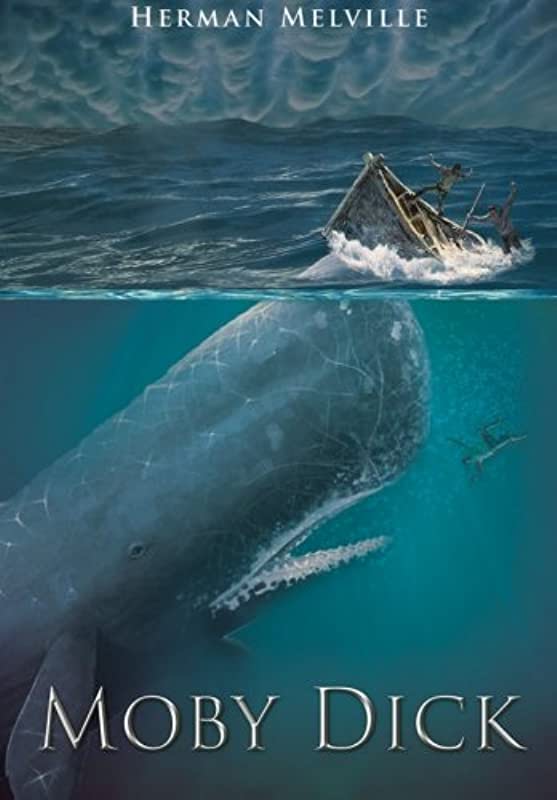Hawaiian Word of the Day for Feb. 7: Palaoa

On Kauaʻi, a Native Hawaiian group was not happy with how the body of a dead 20-ton sperm whale that recently washed ashore was treated as a science specimen and buried into the ground by a federal-led response — instead of being buried at sea.
So to honor the poor mammal the word of the day for Feb. 7 is “palaoa,” which means sperm whale.
Palaoa are the colossal giants of the deep ocean, with males growing to 52 feet and weighing 45 tons. They have square-shaped heads, stumpy dorsal fins and two small pectoral fins. Their jaws have up to 52 cone-shaped teeth in the lower half and a blowhole close to the front of the head and slightly to the left, according to NOAA.
They also have the largest brain of any creature known to have lived on Earth.
To search for prey, a palaoa can dive more than 10,000 feet and hold its breath for up to two hours, although 45 minutes is the average dive time. In the deep dark ocean, the whale uses echolocation to navigate and hunt for squid and fish.

Although the Hawaiian language is traditionally an oral language, throughout the islands there are petroglyphs (carvings in stone) that illustrate some of the aspects of Hawaiian culture, including three believed to represent whales. One is on the island of Lānaʻi on an area known as Palaoa Hill, or “Whale Hill,” where there is a good vantage point to see the creatures. A whale appears to be ridden by a human on its back.

The Palaoa Point Lighthouse, also known as the Cape Ka’ea Light, is on Lānaʻi, too. It is a white wooden skeletal tower that was first displayed on June 6, 1934.
Palaoa were mainstays of whaling’s 18th and 19th century heyday. A mythical albino sperm whale was immortalized in Herman Melville’s 1851 novel “Moby Dick.”

Palaoa were targeted for oil and ambergris, a substance that forms around squid beaks in a whale’s stomach. Ambergris remains a very valuable substance once used in perfumes.
Palaoa also means ivory, especially whale tusks as used for the highly prized lei palaoa and a whale-tooth pendant.

Hawaiian society under the ‘Aikapu system was stratified according to rank. An individual’s rank was not determined by wealth or gender, but by genealogy. One important symbol of rank for the highest ali‘i (royalty) was the lei niho palaoa, a whale tooth pendant. It was a whale tooth carved into a hook shape suspended by plaited human hair.
Although there is no record of Hawaiians killing whales, palaoa that washed ashore were considered extremely sacred to the aliʻi. The necklaces made from their teeth and bones represented the strength of the gods and their mana (spirit). They also symbolized the chief’s rank and his authority.
In December, a family heirloom necklace that features a walrus ivory palaoa pendant was stolen from a storage facility in HIlo. The family wants it back.
Editor’s Note: Each day in February, we have a new “Hawaiian Word of the Day” during Mahina ʻŌlelo Hawaiʻi, Hawaiian Language Month. Check out the other words of the day on the Big Island website by clicking here.
Sponsored Content
Notice: Function the_widget was called incorrectly. Widgets need to be registered using
register_widget(), before they can be displayed. Please see Debugging in WordPress for more information. (This message was added in version 4.9.0.) in /mnt/efs/html/wp-includes/functions.php on line 6114




